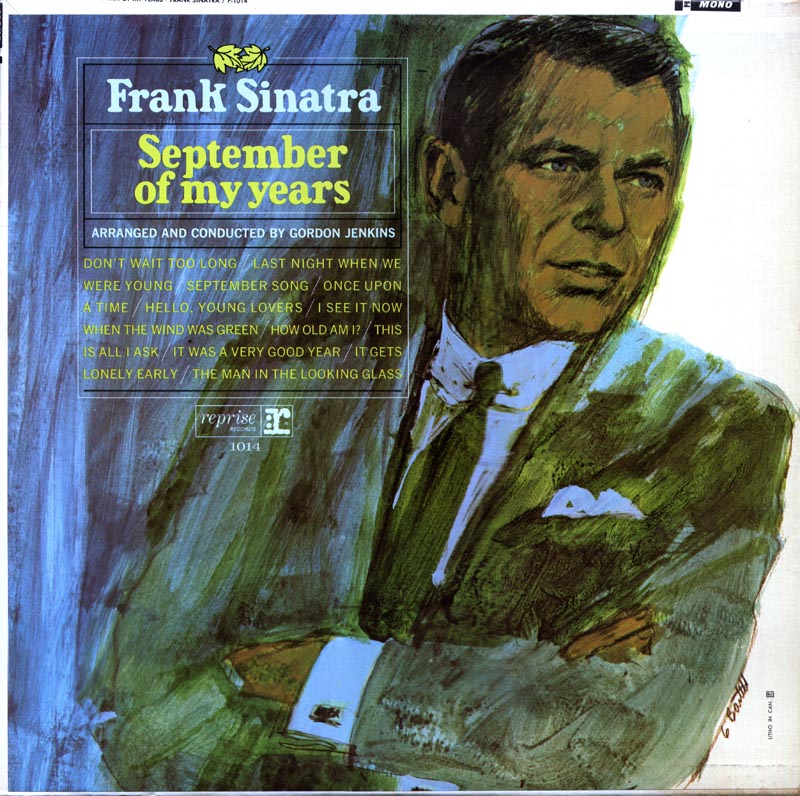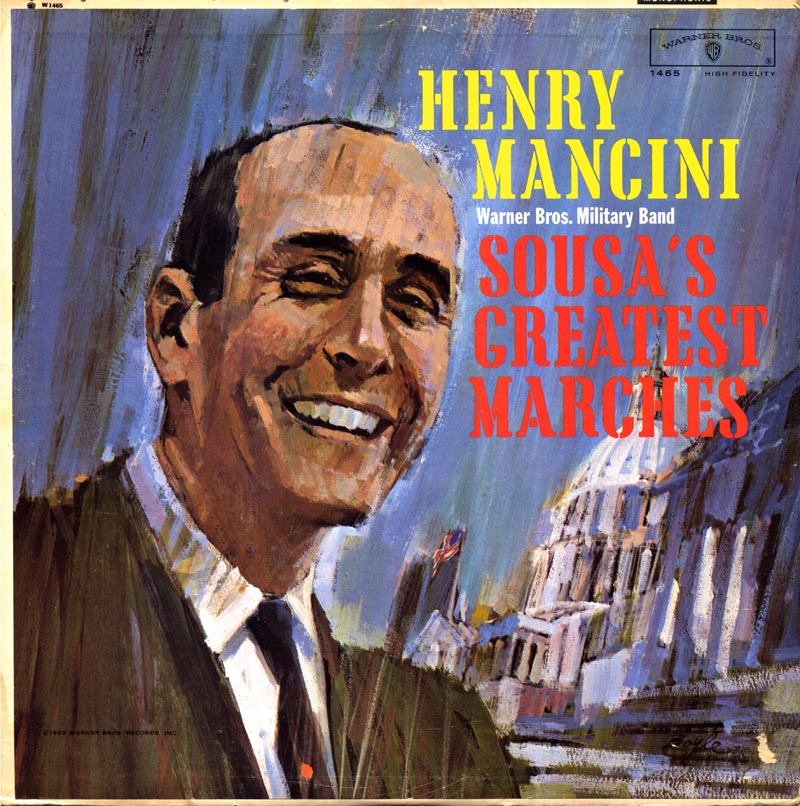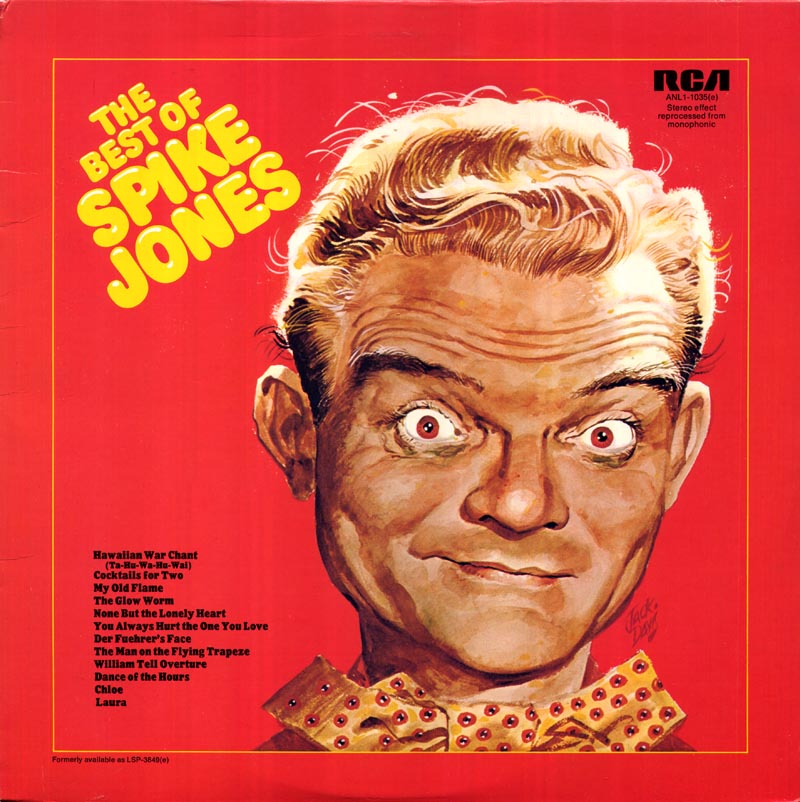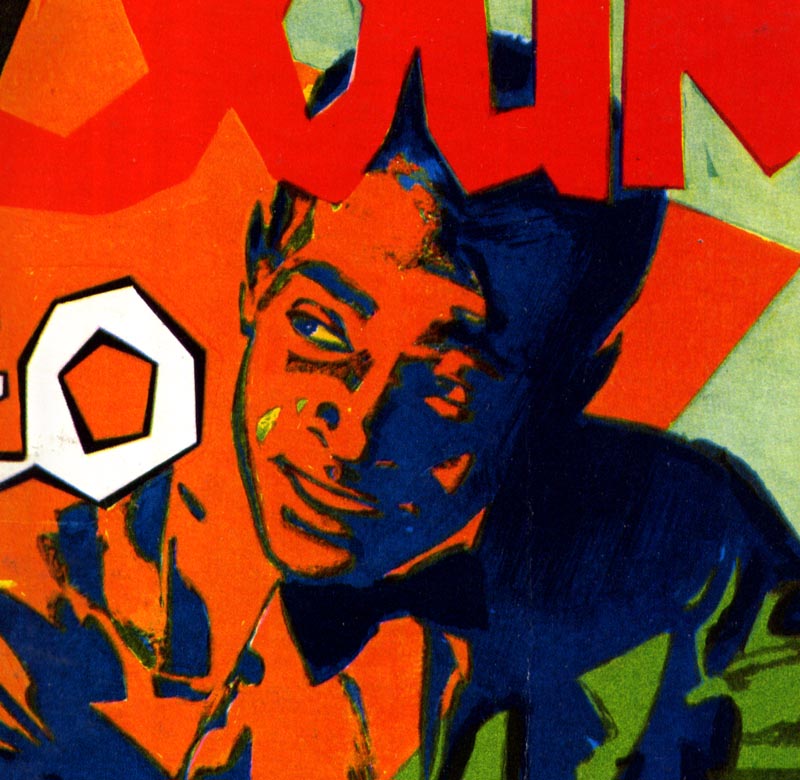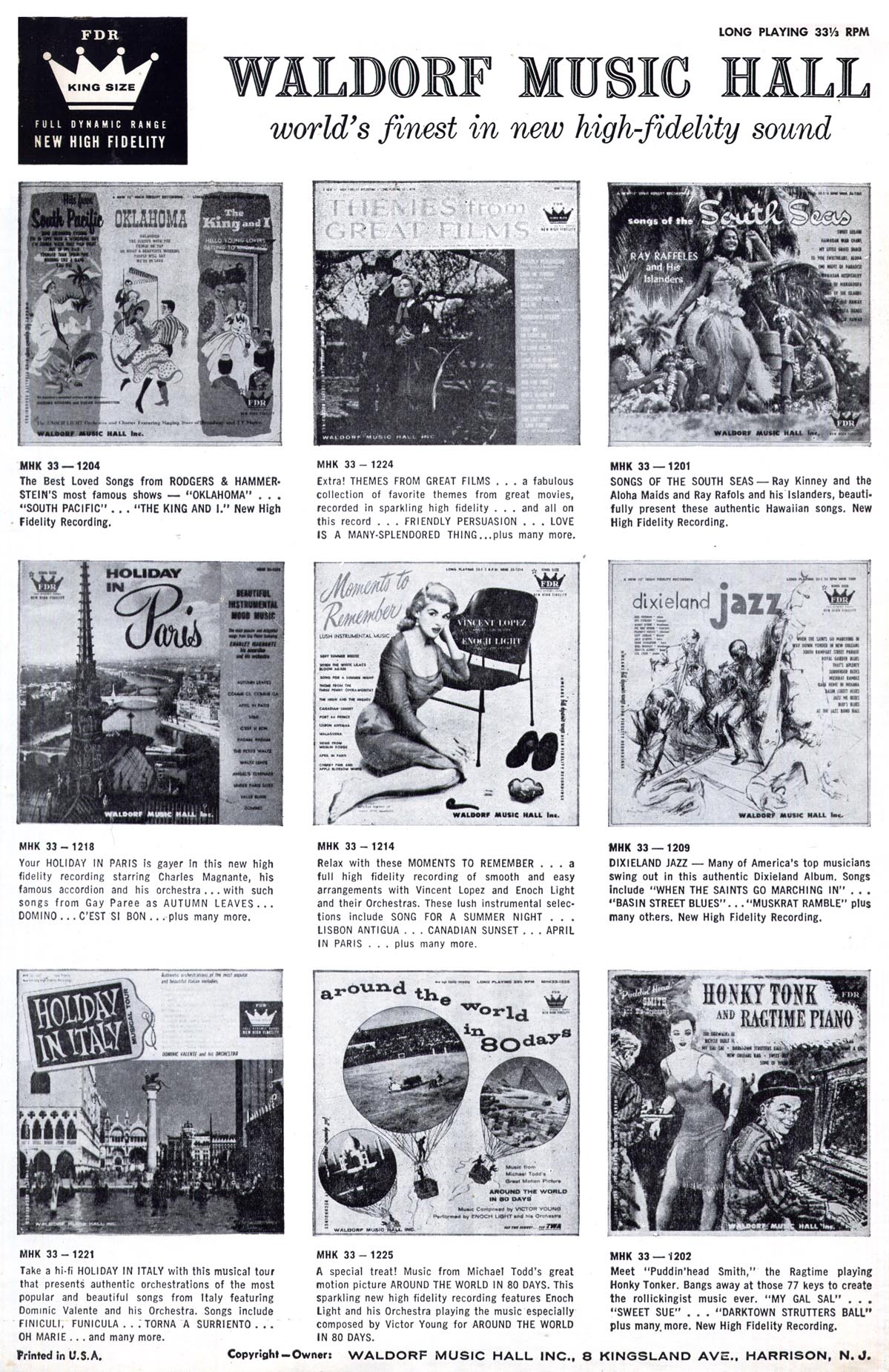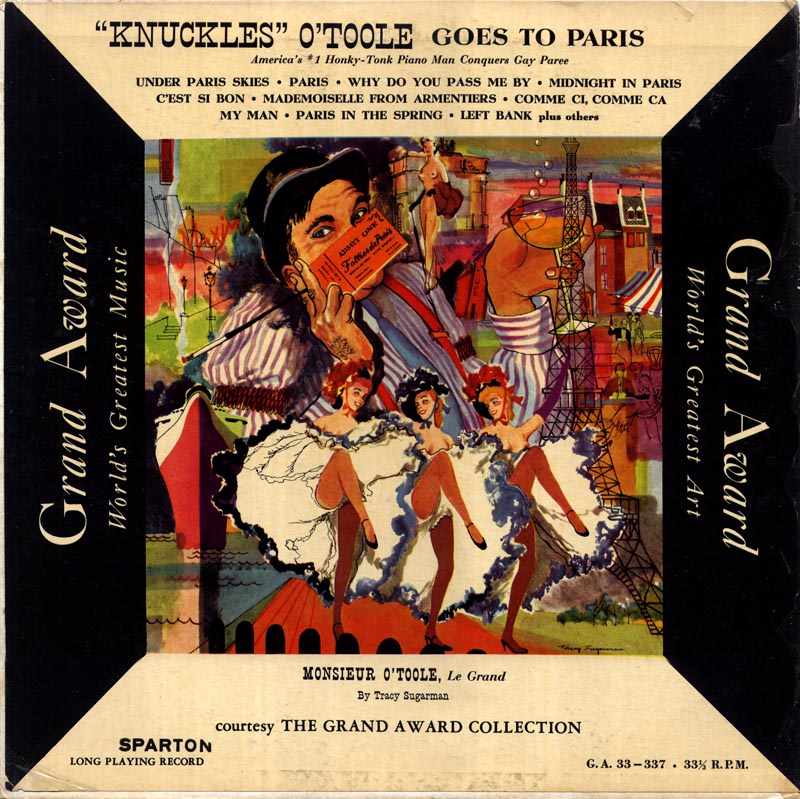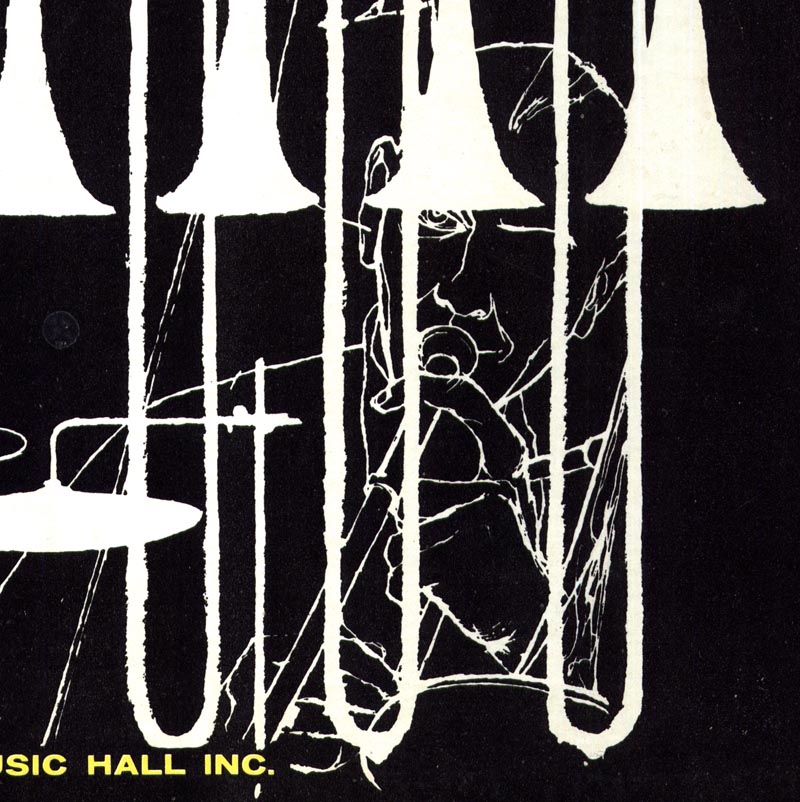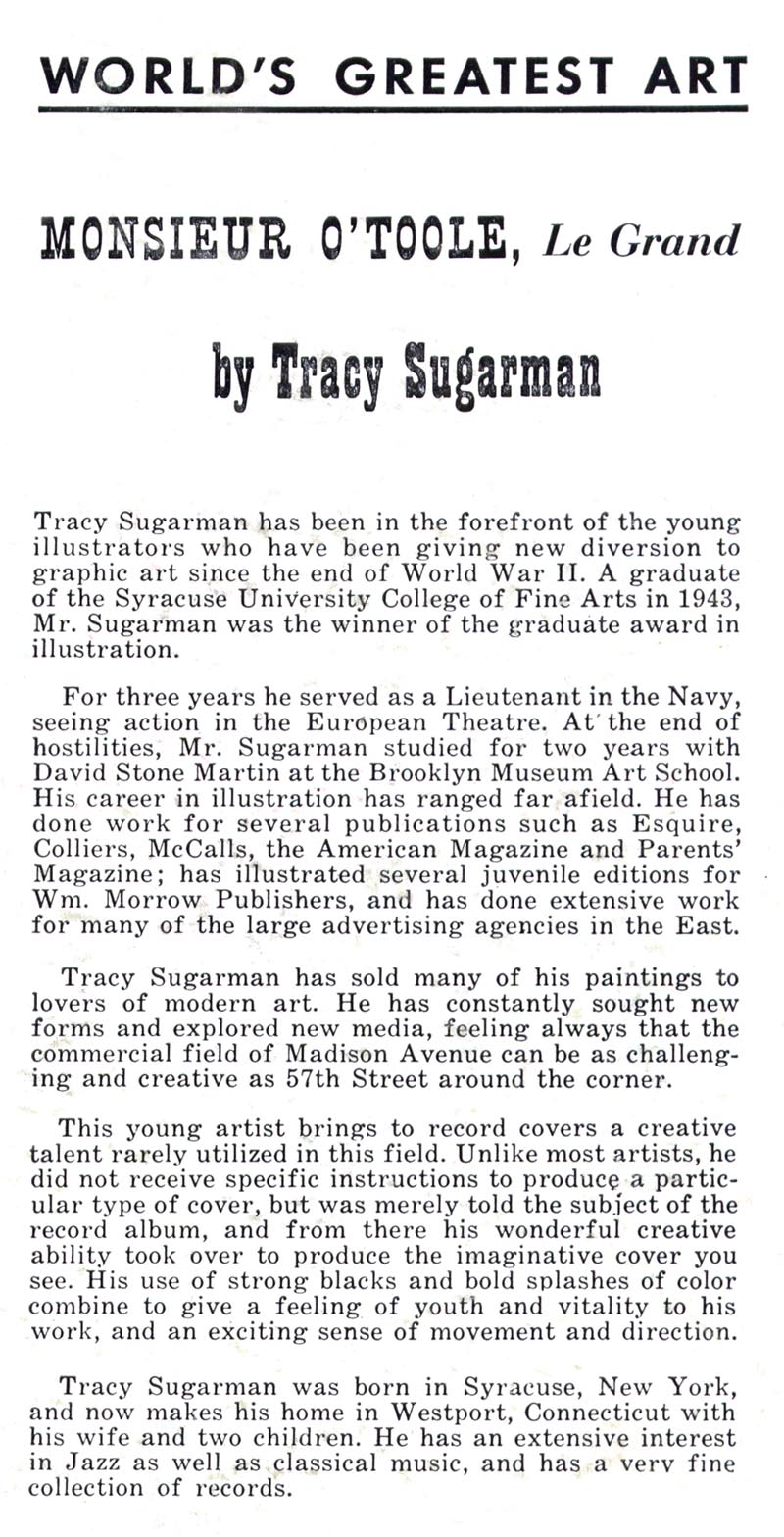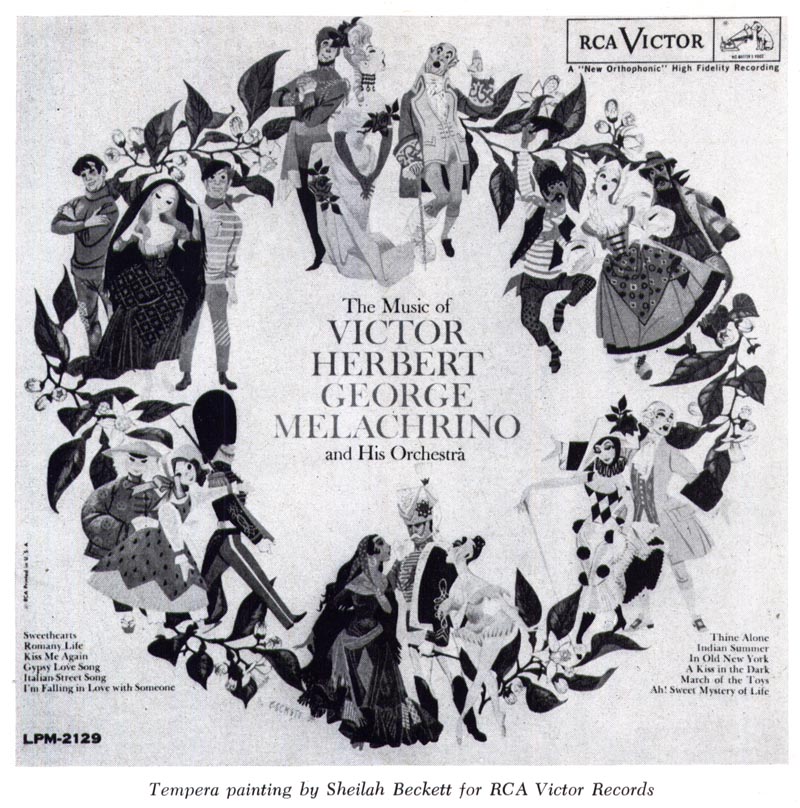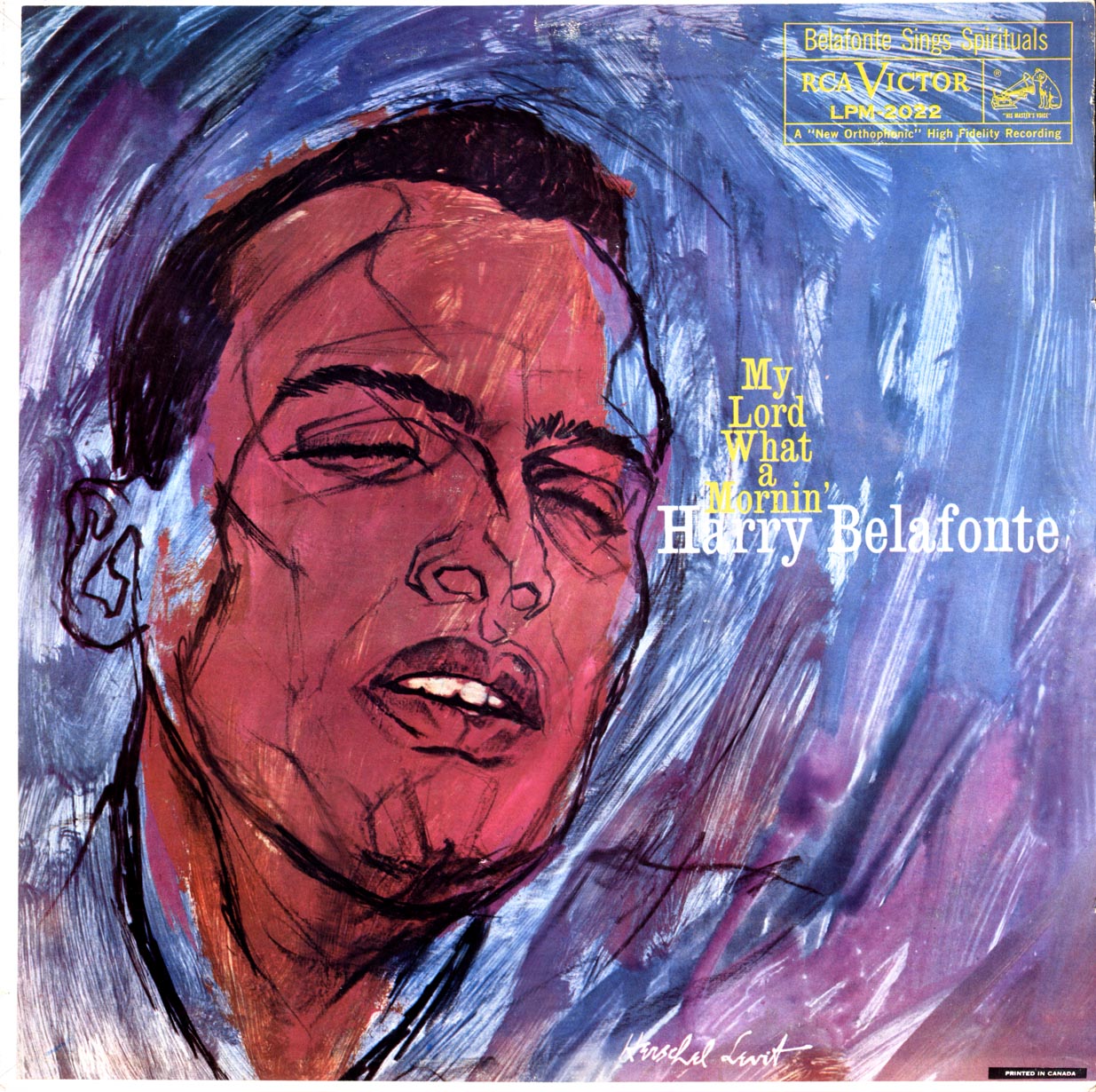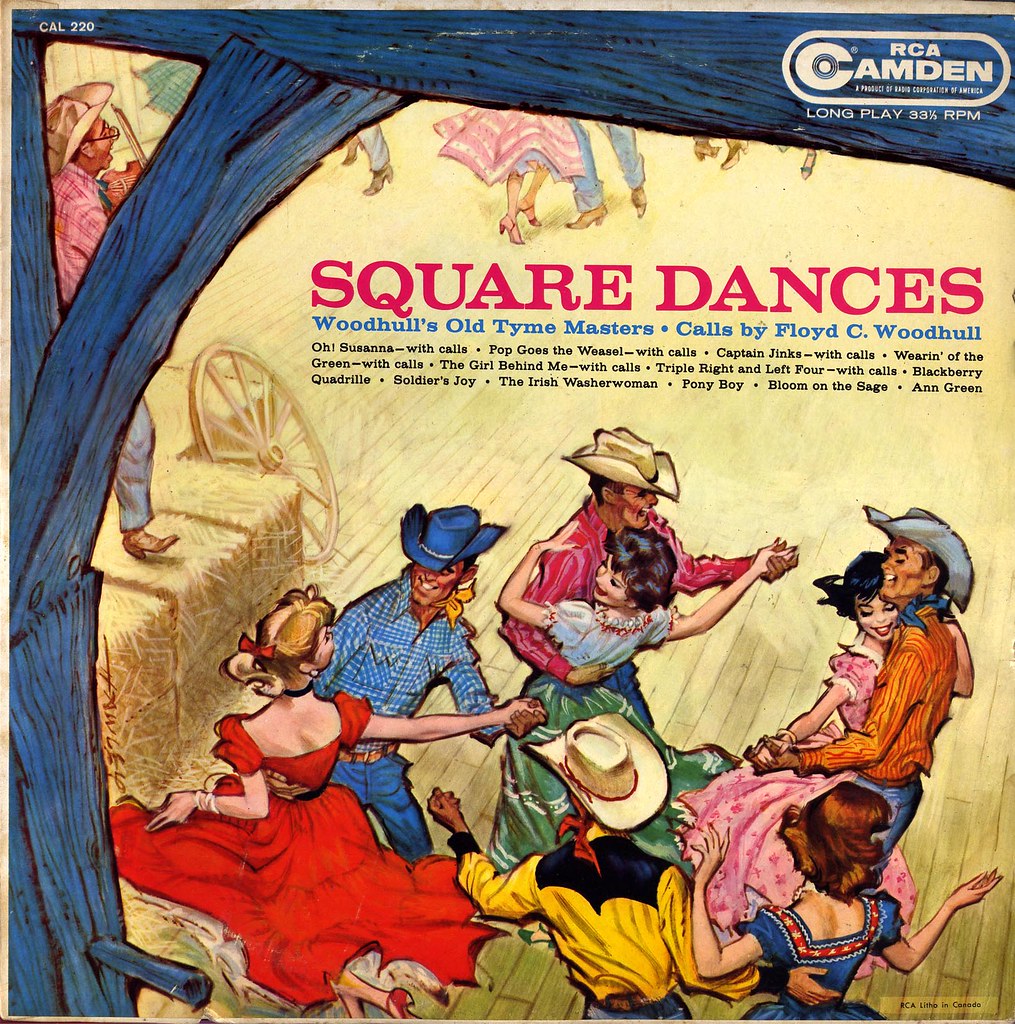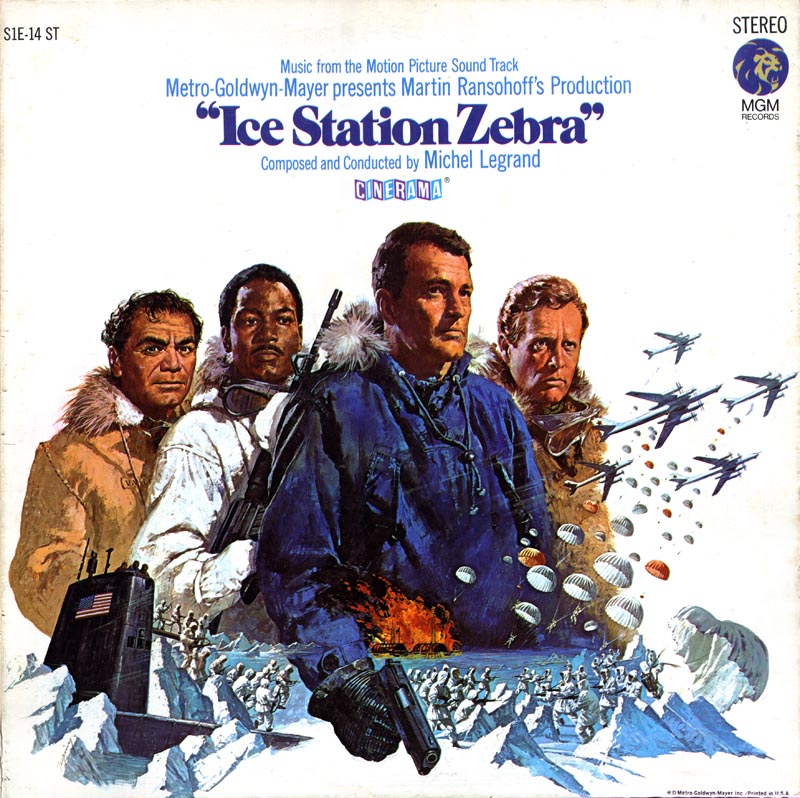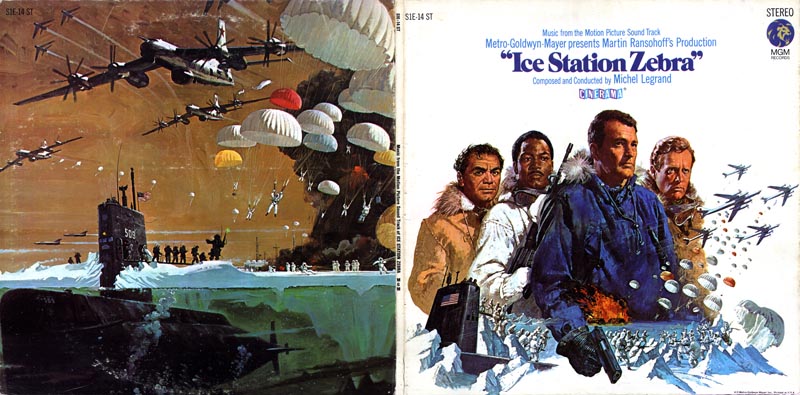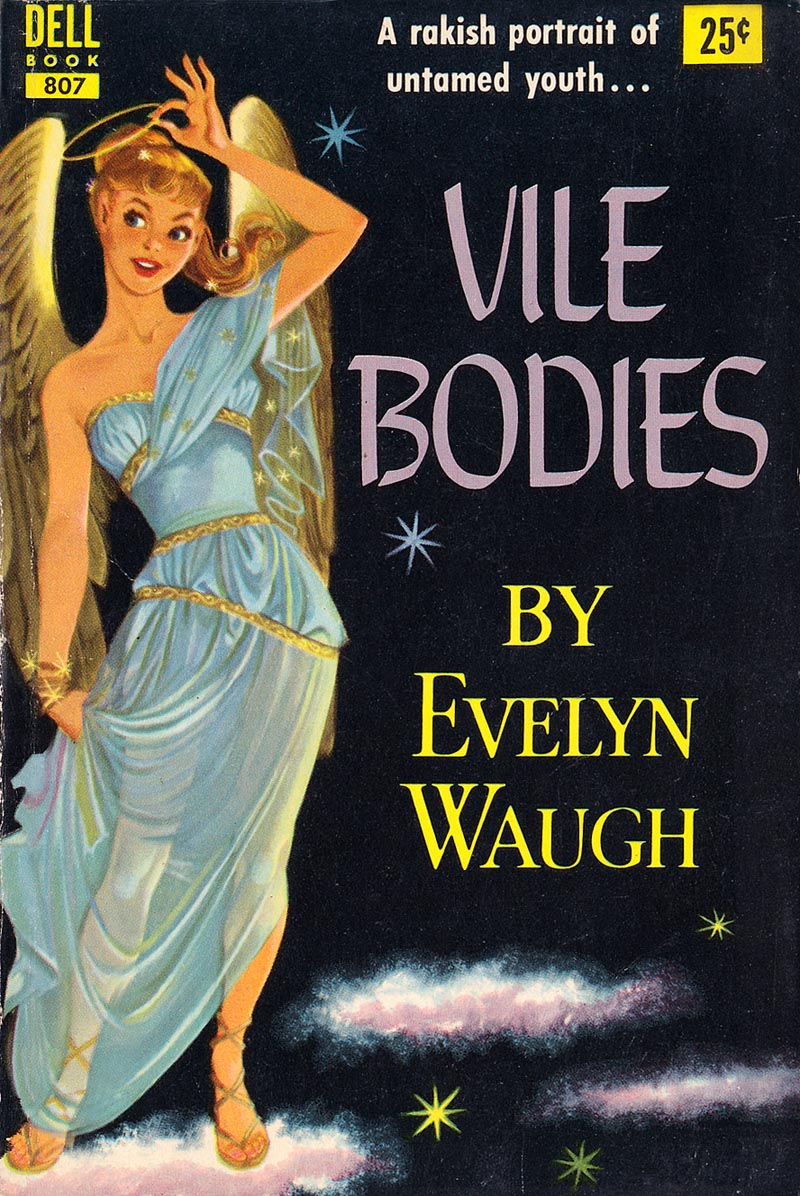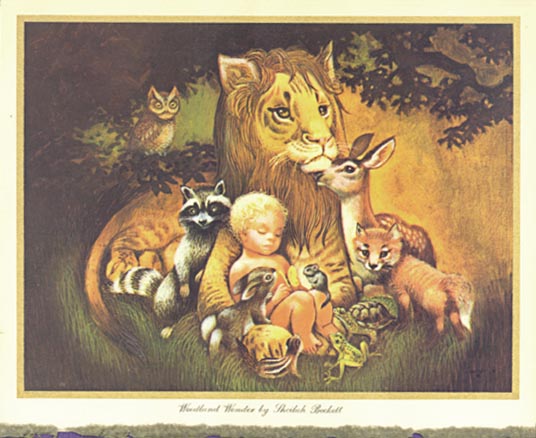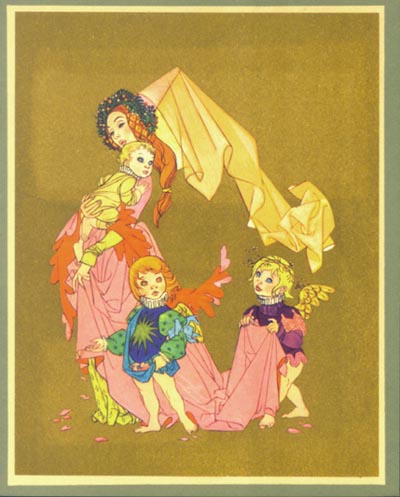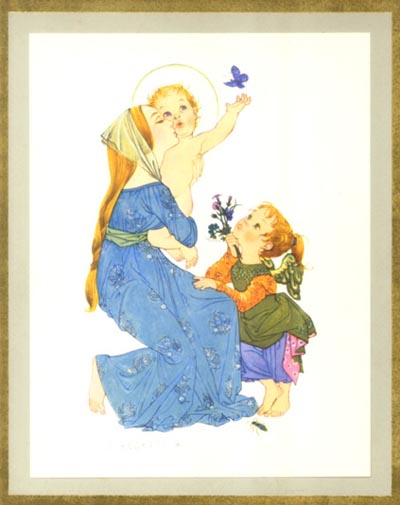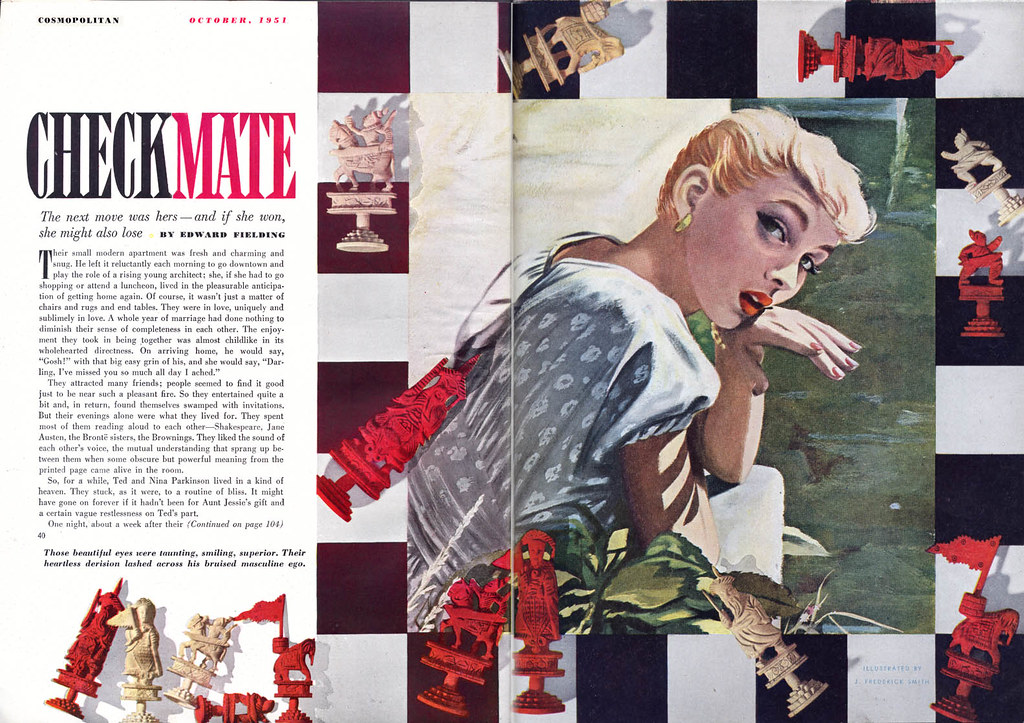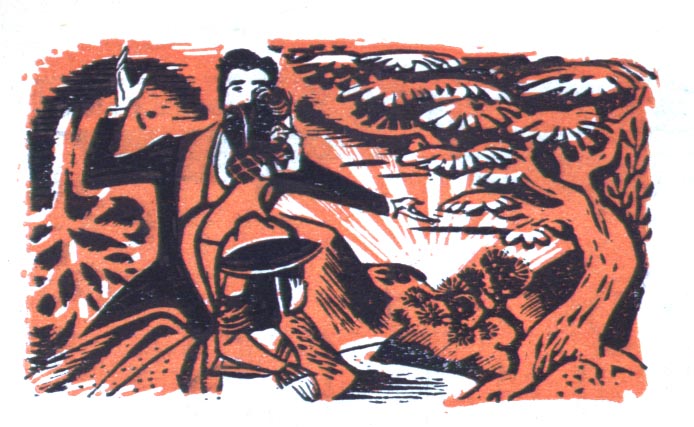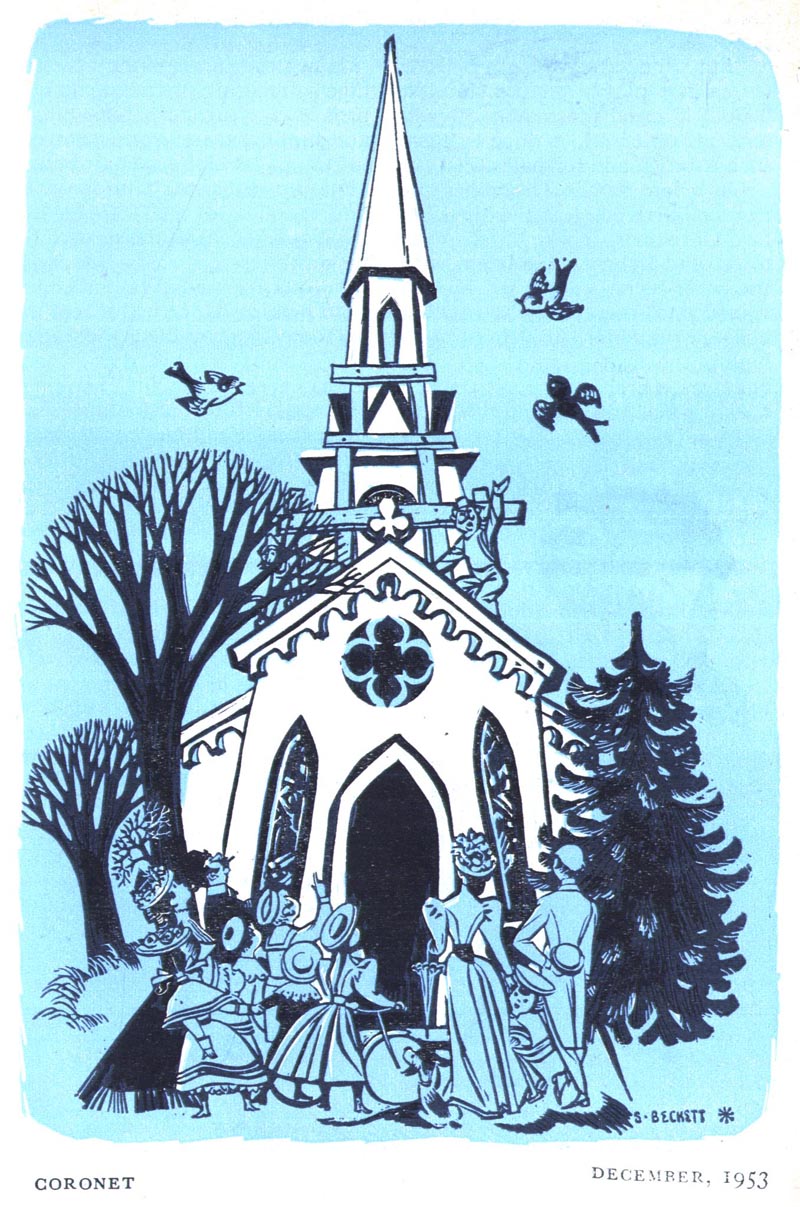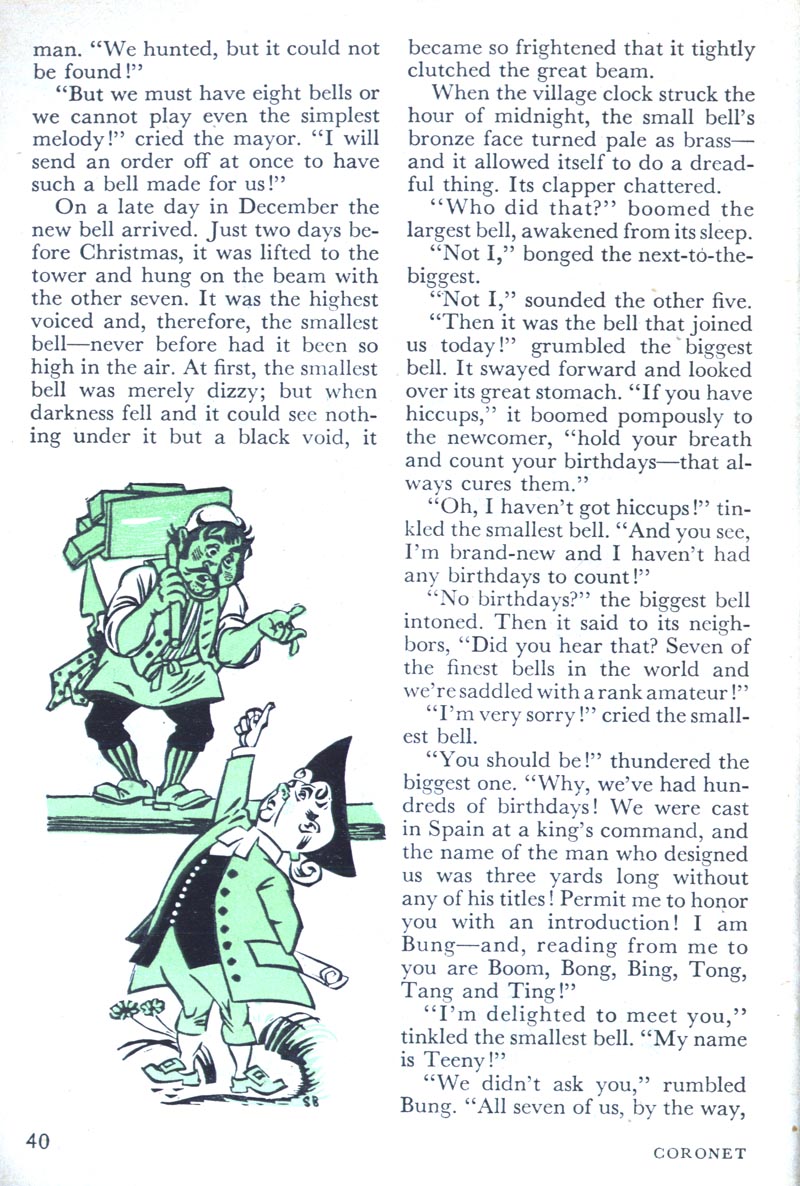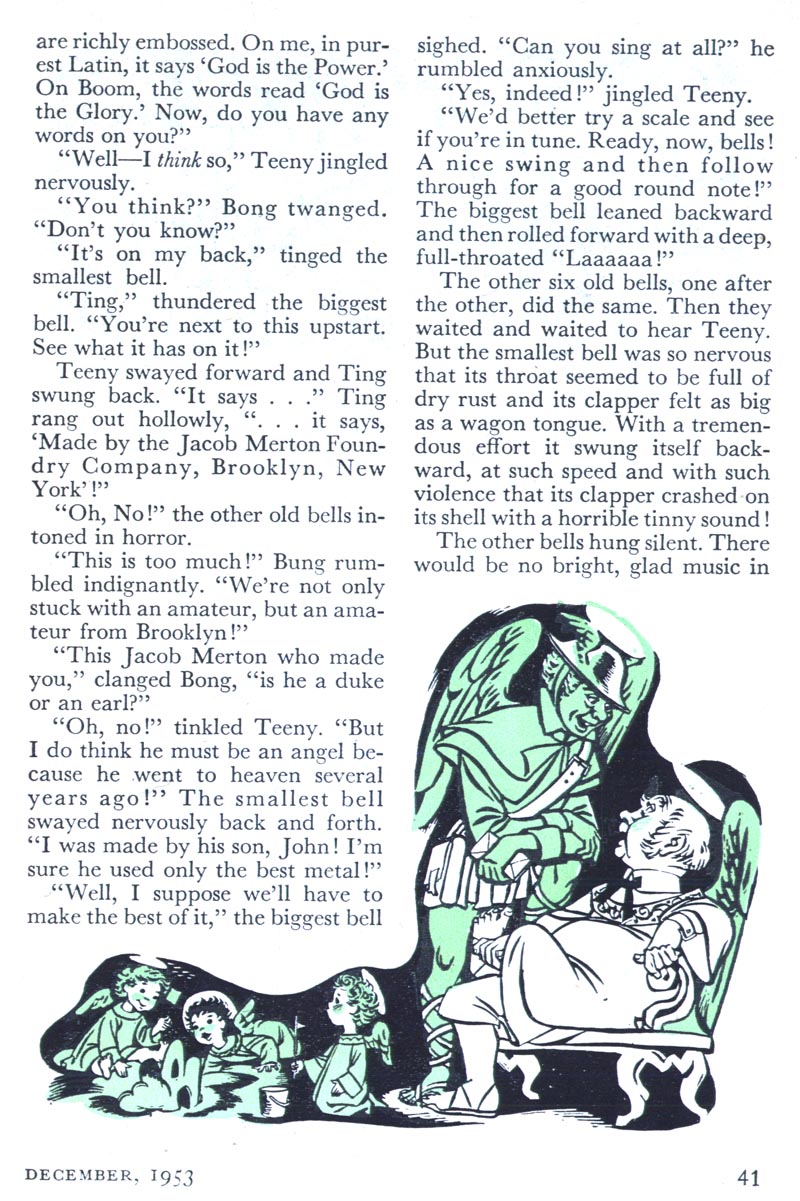Last year there was
a show at the Enoch Pratt Library in Baltimore, Maryland called
"Golden Legacy, 65 Years of Golden Books". Some of Sheilah Beckett's originals were included in the show. As well,
a title card provided a glimpse into the life and motivation of the artist. It read in part...
"Ms. Beckett ... vividly remembered a fairy tale book from [her childhood] with a beautiful illustration of a prince and princess. She wrote, "It would be lovely if some child remembered an illustration of mine as vividly and with as much love. I always think of small persons studying each detail of a picture as I work, so I try to put plenty in to be discovered."
I had really only been aware of Sheilah Beckett as one of the many talented advertising illustrators who worked at
the Charle E. Cooper studio during the '40s and '50s... but advertising, paperbacks, record albums and all the rest had only been a sidebar for the artist. The one constant of Sheilah Beckett's varied career was her tremendous love for creating fairy tale pictures and children's stories.

Early on in our conversation Sheilah had talked about how when she first considered approaching Chuck Cooper about a job she knew
"Coopers was a men's studio." I asked her if being a woman had carried any negative connotation for her professionally at the time - either for clients or among her peers. She assured me it did not.
"I didn't have that feeling," she said.
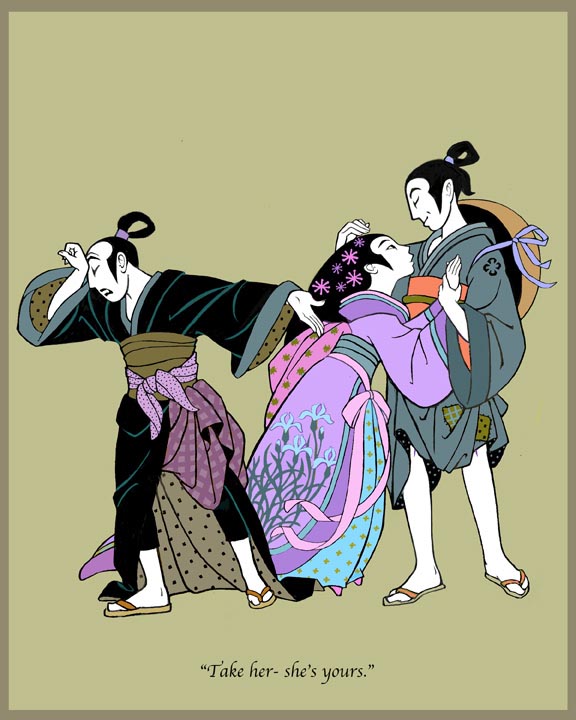
Speaking specifically about her storybook work she said,
"Publishers didn't care if [the artist]
was a man or a woman." But she qualified her thought and added,
"I don't think the prices for storybook work would keep a man very well though. I had to do an awful lot of books to make a living."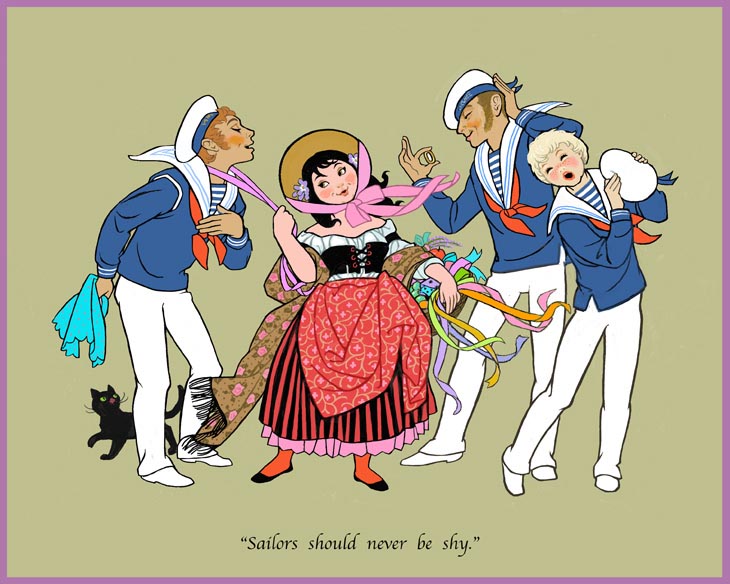
Sheilah explained,
"When you do children's books, they'll give you a very small amount... but then they always say, "but you'll get royalties." But the thing is, a lot of these books will be displayed on a spinner rack. And they always need space on that rack for new books. Usually your books would get taken off the rack every two years, so the royalties never really got going."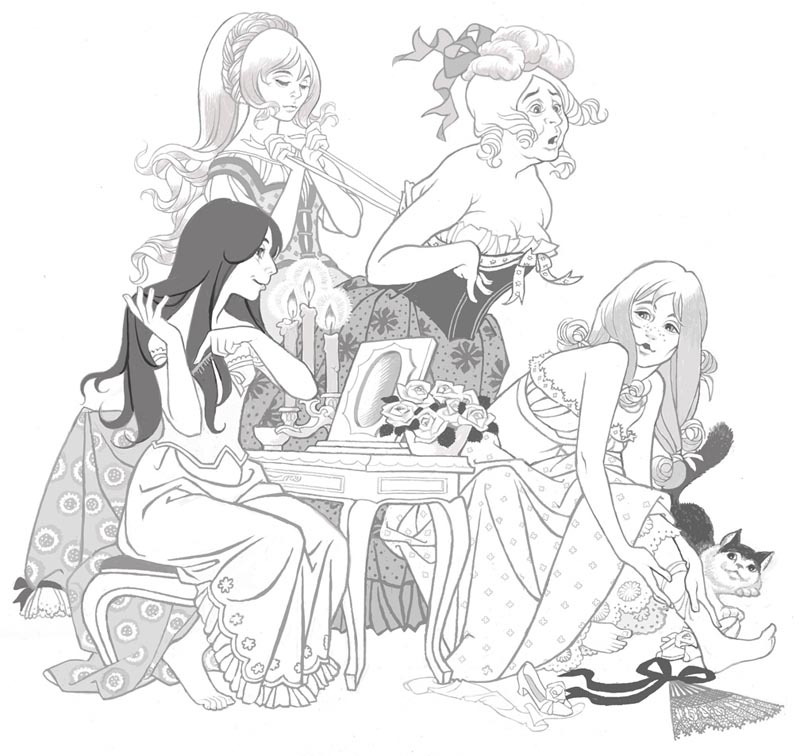
If there is an up-side to this dilemma it is that we have had the benefit of enjoying Sheilah Beckett's tremendous output over the many years of her career. The blog
Love for Books lists a few of the
70 books Sheilah has illustrated and shows several more examples of her artwork.
And she shows no signs of stopping any time soon! With the help of her son, Sean Smith, Sheilah has even ventured into the field of print-on-demand self publishing. Her book,
The Six Wives of Henry the VIII is available in hard or softcover at Xlibris.comBelow, a real treat: pencil sketches and finished art from
Archibald, a children's book in search of a publisher, written and illustrated by Sheilah Beckett.


Sean tells me,
"Archibald has been around for awhile, she started it around 10 years ago. It went to some publishers and one of the comments was the story was too moral. I'm trying to get the right people to see this work as I think it would be a very good story for our times."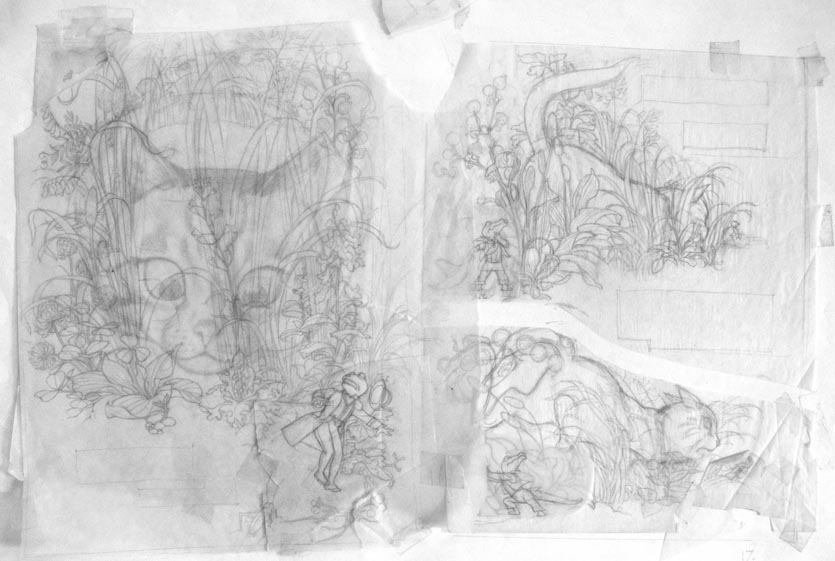 "The work was done traditionally, before my mother got into the computer."
"The work was done traditionally, before my mother got into the computer."
Yes, believe it or not, for the last four or five years, Sheilah Beckett has been illustrating in Photoshop with a Wacom Tablet!
As we discuss illustrating with the aid of 21st century graphics technology, I have to pause and ask again,
"Sheilah, how old are you... 96?" ... and she quickly corrects me with emphasis,
"Ninety-seven!" I tell her,
"Wow! I am just so incredibly impressed and inspired by you!""Well," says the remarkable Sheilah Beckett, matter-of-factly,
"its my life and I love it." 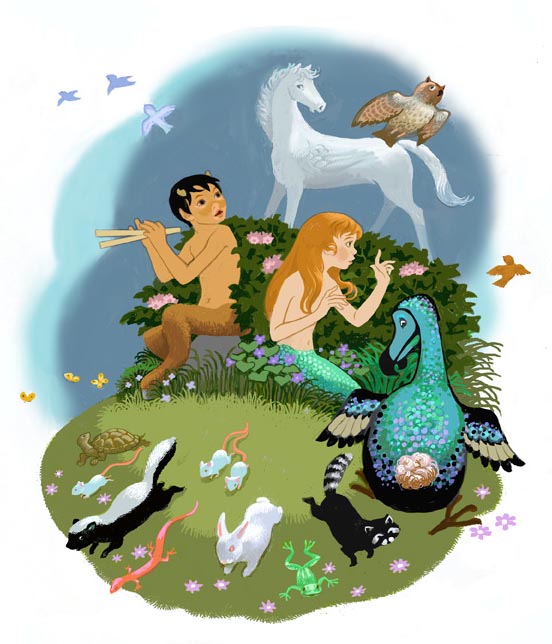 "Its exciting all the time!"
"Its exciting all the time!"* Sheilah's son Sean asked me to let readers know that he has limited edition prints by Sheilah Beckett available for sale. Anyone interested in purchasing prints can
contact him through his website for further details.
* Sean has also set up a Facebook Fan Page,
The Art of Sheilah Beckett where you'll be able to see many more examples of Sheilah's work. Become a fan!
* My
Sheilah Beckett Flickr set.



